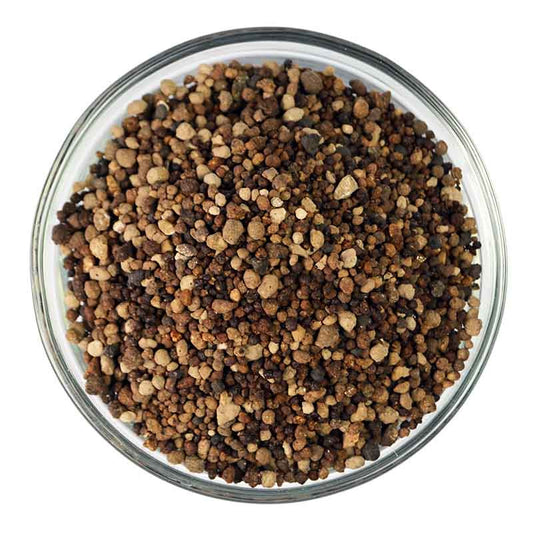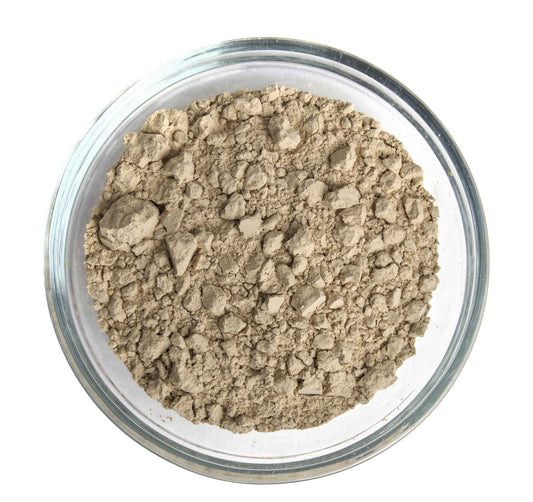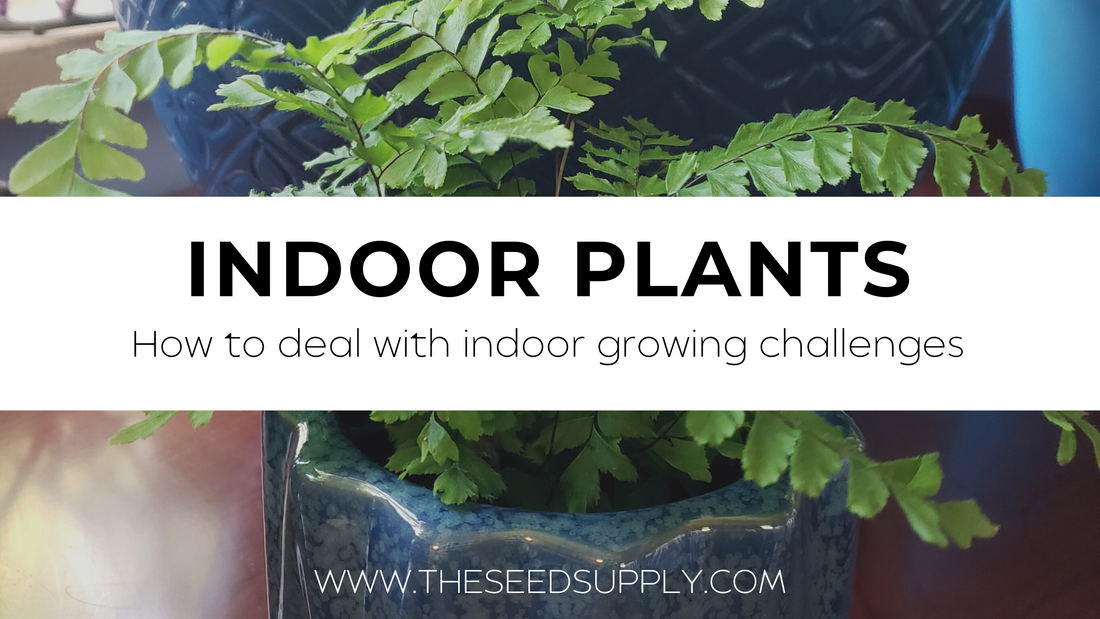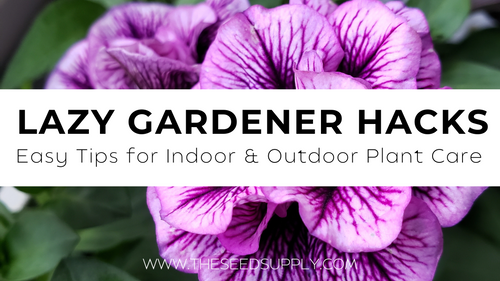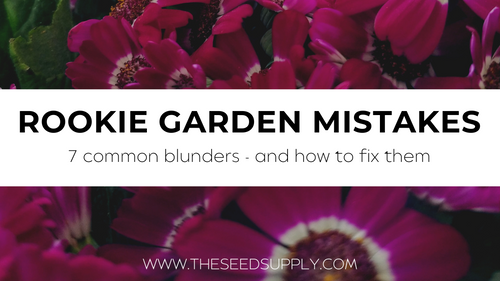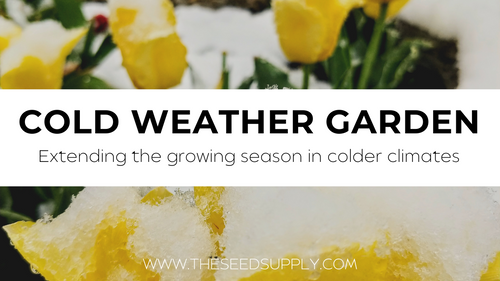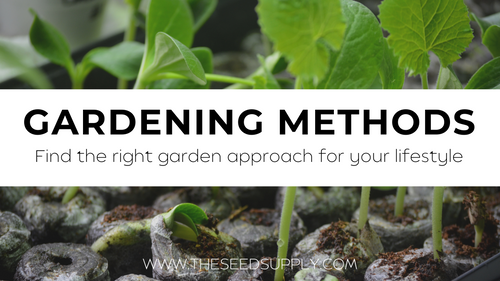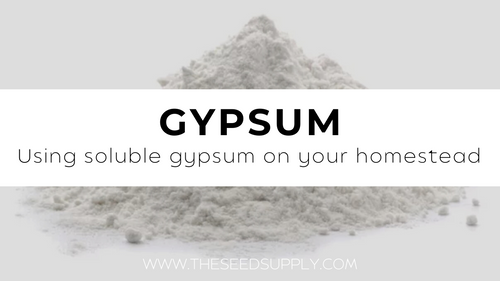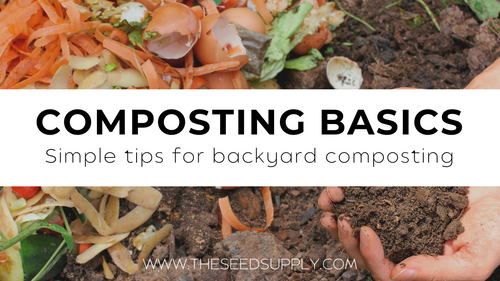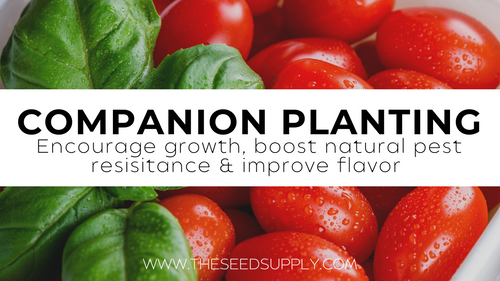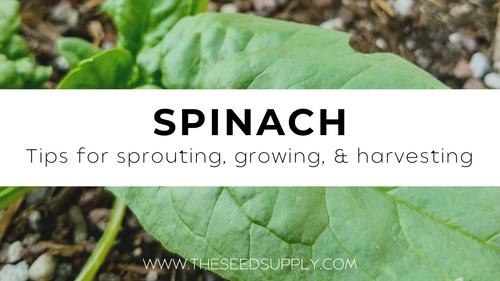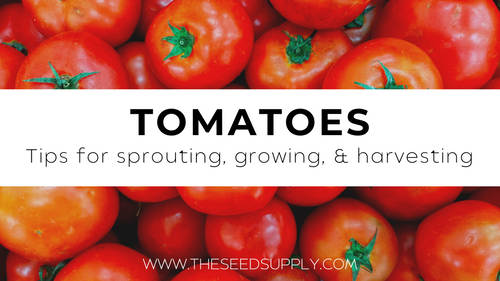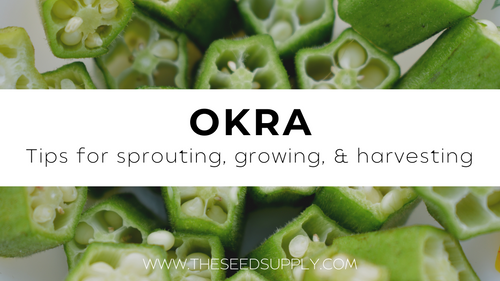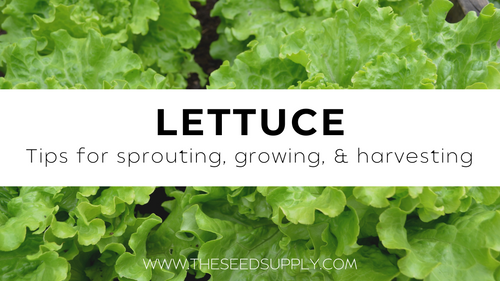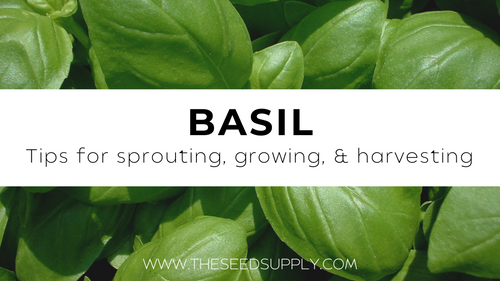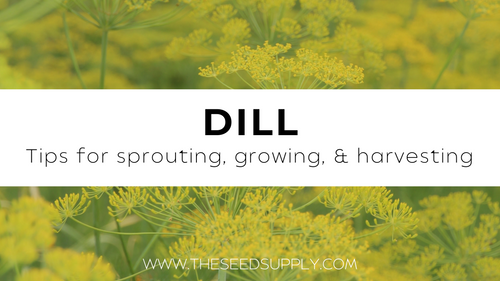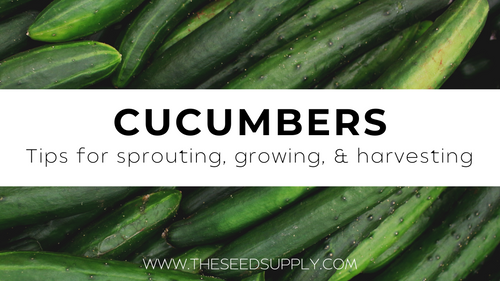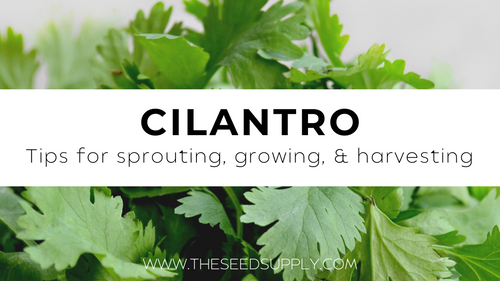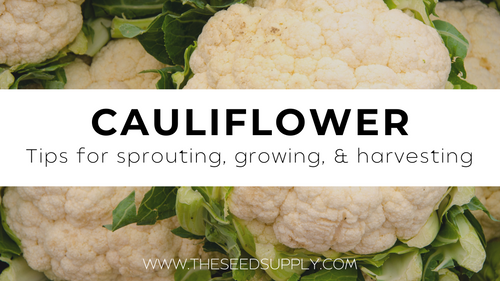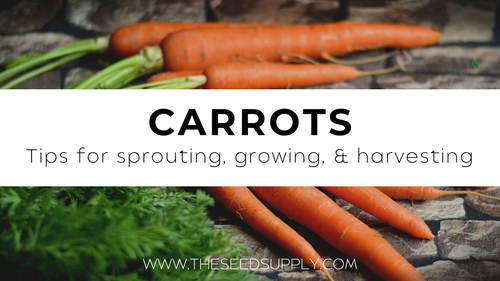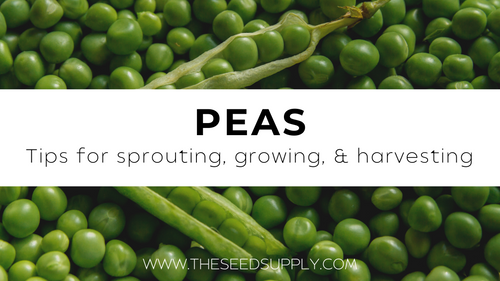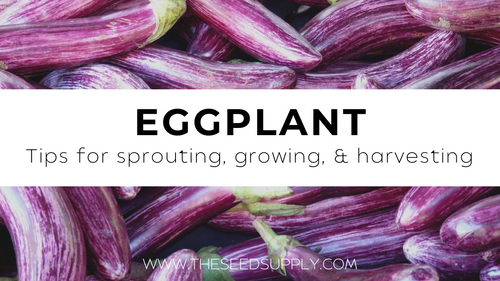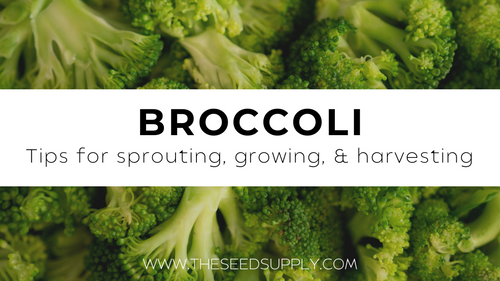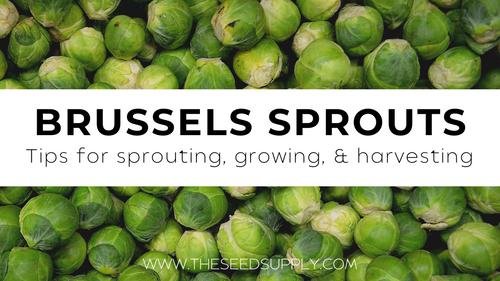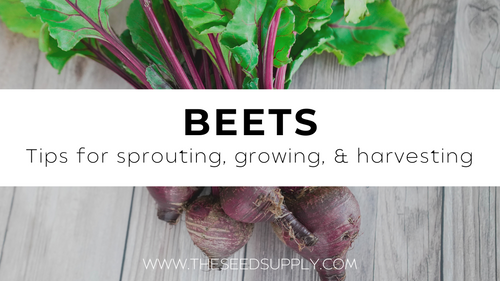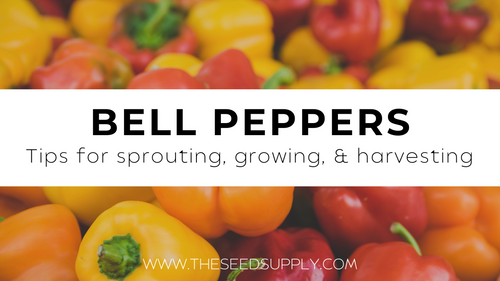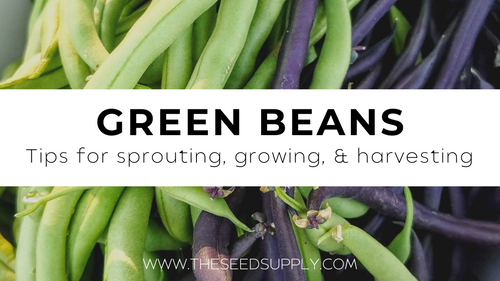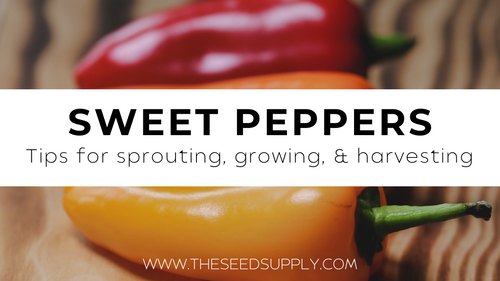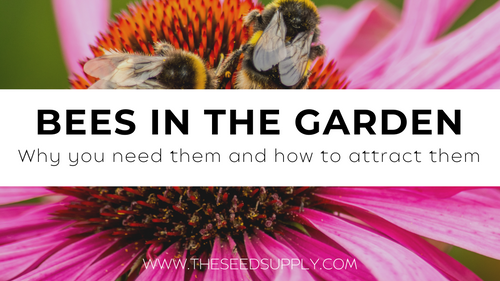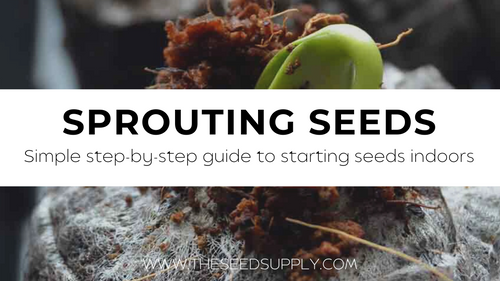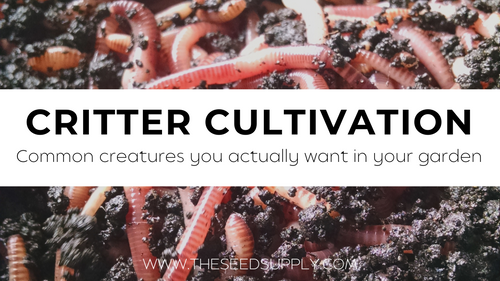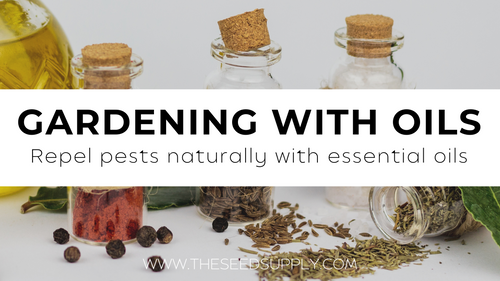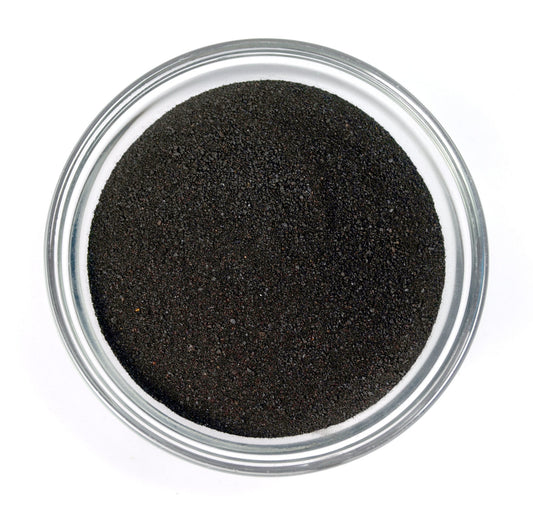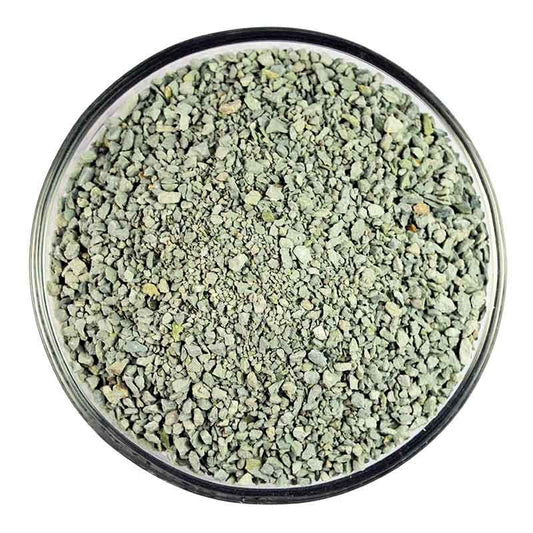Growing plants indoors can be a rewarding experience, but it also comes with its challenges. Here are some common challenges faced when growing plants indoors and tips to help overcome them:
-
Insufficient Light:

- Challenge: Indoor environments often have lower light levels compared to outdoor conditions, which can lead to weak and leggy growth.
- Solution: Place your plants near windows that receive bright, indirect sunlight. If natural light is inadequate, use artificial lighting options such as fluorescent, LED, or grow lights. Position the lights close enough to provide adequate intensity for the plants and adjust the light duration according to the specific needs of your plants.
-
Inadequate Humidity:
- Challenge: Most indoor environments have lower humidity levels, especially during winter when heating systems dry the air, which can negatively affect tropical or moisture-loving plants.
- Solution: Increase humidity levels by misting plants regularly, placing them on trays filled with water and pebbles (making sure the pots aren't sitting in the water), or using a humidifier. Grouping plants together can also create a microclimate with higher humidity around them.
-
Improper Watering:

- Challenge: Overwatering or underwatering is a common issue. Overwatering can lead to root rot and other fungal diseases, while underwatering can cause wilting and stunted growth.
- Solution: Learn the specific watering needs of each plant and water accordingly. Check the moisture level in the soil by inserting your finger about an inch deep. If it feels dry, it's time to water. Use well-draining soil and pots with drainage holes to prevent waterlogged conditions. Additionally, observe your plants closely to understand their individual watering requirements.
-
Lack of Air Circulation:
- Challenge: Stagnant air can contribute to the development of fungal diseases and pests.
- Solution: Promote air circulation by using fans or opening windows to improve ventilation. Avoid overcrowding plants, as it restricts airflow. Gently moving or shaking plants from time to time can also simulate a breeze and help strengthen their stems.
-
Pests and Diseases:

- Challenge: Indoor plants are still susceptible to pests such as aphids, mealybugs, and spider mites. Fungal diseases like powdery mildew can also occur.
- Solution: Regularly inspect your plants for signs of pests or diseases. If you notice any issues, isolate affected plants to prevent further spread. For pests, you can manually remove them with a soft cloth or use organic insecticidal soaps or neem oil. Proper plant hygiene, such as removing dead leaves and debris, helps prevent diseases. Maintain a clean environment and avoid overwatering, as excess moisture can create a favorable environment for fungal growth.
-
Nutrient Deficiencies:
- Challenge: Over time, potted plants may deplete the nutrients in their soil, leading to nutrient deficiencies.
- Solution: Feed your indoor plants with a balanced, water-soluble fertilizer specifically formulated for houseplants. Follow the instructions on the package for proper dosage and frequency. Additionally, consider repotting your plants every year or two to refresh the soil and provide new nutrients.
By addressing these challenges and providing the necessary care, you can create a favorable environment for your indoor plants to thrive. Remember to research the specific needs of each plant you have, as requirements can vary significantly depending on the species.
